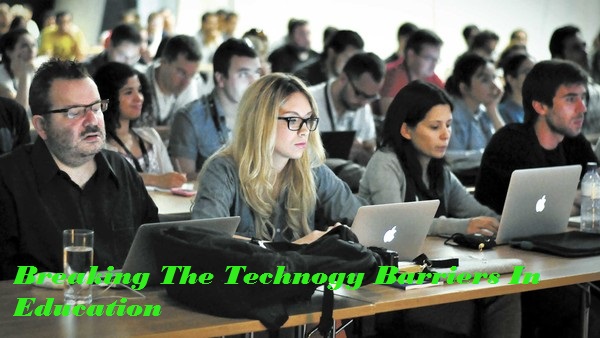Breaking the Technology Barrier: Using Technology in Education
Guest blog post by Harvey Hammond of EssayGuardian.com
The rapid advance of technology has helped the education sector immensely. Education sector has started widely using the technological help by which students are getting exposed to various technological techniques. In the present day educational setting mobile phones, laptops and iPhones are fast occupying the place of textbooks and libraries. Education sector has witnessed a significant change with the entry of technology in to it. Technological advances are largely used in education for which teachers have had to update their soft skills in order to be able to handle the tech-savvy situation in classrooms.
- Distance education is made much easier these days as universities could reach students in less time through the internet connectivity. Learning becomes more effective when visual aids are added to the teaching technique followed.
- Power Point presentation is an excellent method which supplements the oral deliberations which take place in classrooms.
- Animated videos can help explain concepts in Mathematics or Physics.
- Skype, Google Docs, wikis, blogs etc. are increasingly being used for collaborative classroom projects.
- Podcasts of classroom notes can be downloaded and listened to by students.
- Online learning is indeed a great method of learning where teachers and students can be at different corners of the world and yet the teaching-learning process takes place in the virtual mode.
- There are mind mapping software, online dictionaries, references, thesaurus, power point libraries online, crossword puzzles and math questions online which help students learn just with the help of a computer system.
- There are better simulations and models available online which enhance the learning process. Digital simulations help teachers explain almost all concepts no matter whether they are big or small.
Virtual or online learning: Virtual learning opportunities supplement classroom instruction on an occasional basis and enroll students in full-time programs. This kind of learning includes dual enrollment, credit recovery, summer programs. This mode also facilitates the option of taking core and elective courses online. They have the support of online study materials. Some of these online programs are homegrown, yet some others have a tie-up with some private providers to provide online learning facilities.
Full-time online schools: There are many full-time online schools which enroll students on a full-time basis. Students enrolled in this type of schools do not attend a school which has a physical form, but all the instructions are given to them online.
Blended learning: As the very name indicates, this type of learning combines both face-to-face learning and online learning. The way this kind of education takes place can vary across schools. This mode of education helps both types of students: who learn better in face-to-face and who learn better in online mode of education. This gives a platform for students to enrich their diverse skills. The teaching-learning strategies are so perfectly blended that every student benefits a lot from this mode of education.
Apart from the face-to-face, online and blended learning the rich sources of digital materials can be used to the maximum extent possible. There are tutorials, dictionaries, thesaurus, primary and secondary reference materials available online.
Author Bio:
From past years I have concentrated on writing help for students with the Best Essay writing service. I have applied my experience and expertise to write academic coursework such as, “Breaking the Technology Barrier: Using Technology in Education.”
